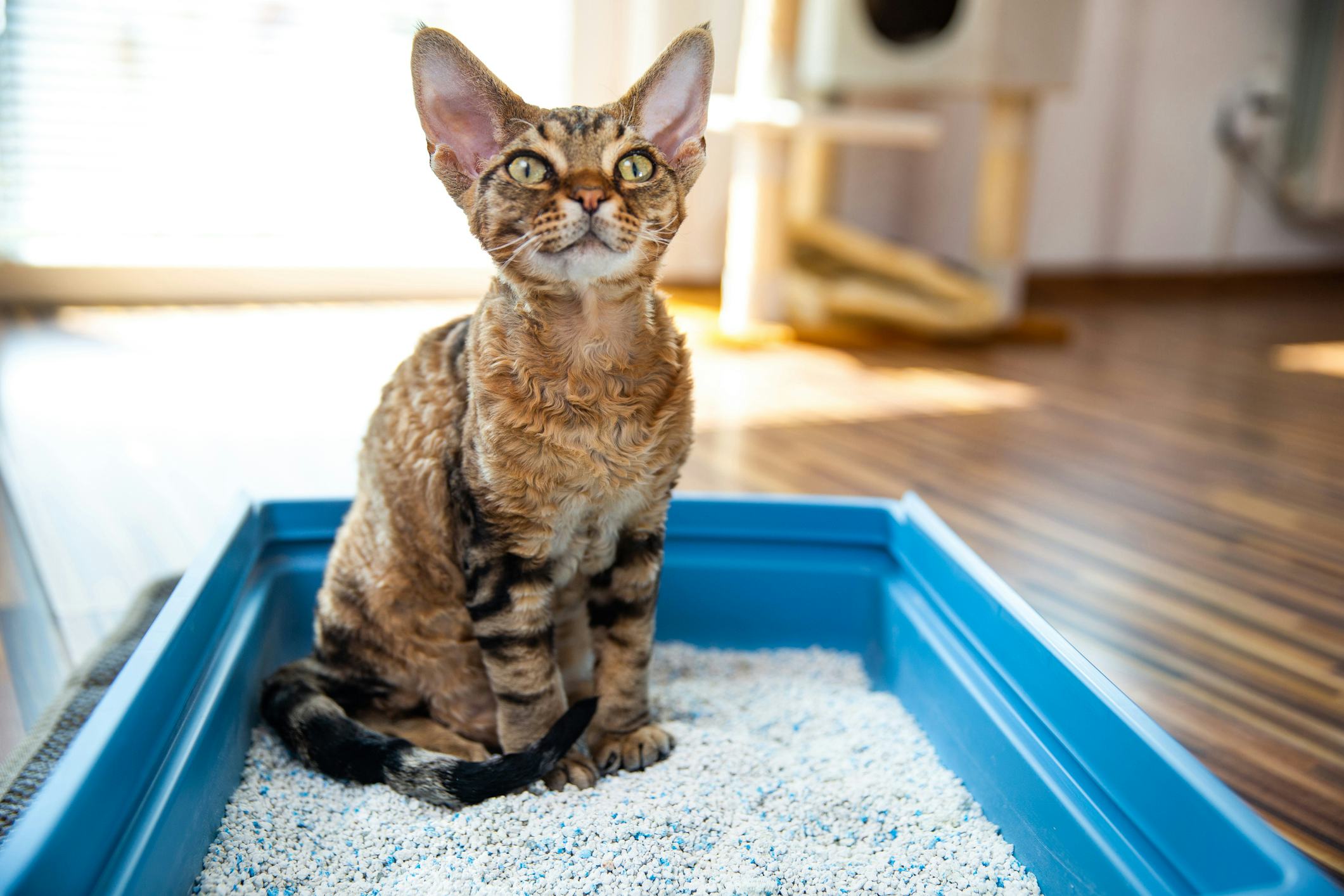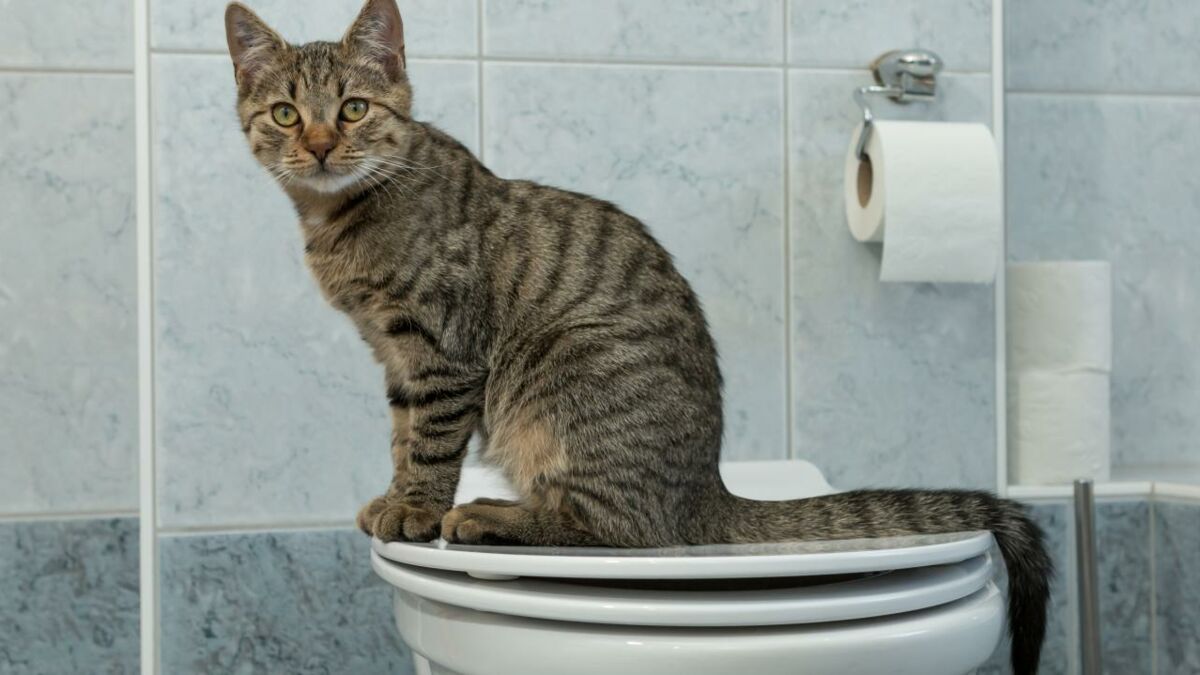The Risks of Flushing Cat Poop in Your Toilet - Precautionary Measures
The Risks of Flushing Cat Poop in Your Toilet - Precautionary Measures
Blog Article
Are you currently on the lookout for resources concerning Don’t flush cat feces down the toilet?

Intro
As feline proprietors, it's important to bear in mind exactly how we get rid of our feline good friends' waste. While it might appear convenient to purge pet cat poop down the toilet, this practice can have damaging effects for both the atmosphere and human health.
Ecological Impact
Purging feline poop presents damaging microorganisms and bloodsuckers right into the water supply, posing a considerable danger to water environments. These impurities can negatively impact aquatic life and concession water high quality.
Health Risks
Along with ecological worries, flushing feline waste can likewise present wellness threats to people. Pet cat feces may contain Toxoplasma gondii, a parasite that can create toxoplasmosis-- a potentially extreme disease, specifically for expectant women and people with weakened immune systems.
Alternatives to Flushing
The good news is, there are much safer and more responsible methods to get rid of feline poop. Consider the following options:
1. Scoop and Dispose in Trash
The most usual approach of taking care of cat poop is to scoop it into an eco-friendly bag and throw it in the garbage. Be sure to make use of a committed litter inside story and deal with the waste immediately.
2. Usage Biodegradable Litter
Opt for biodegradable cat litter made from products such as corn or wheat. These clutters are eco-friendly and can be safely disposed of in the garbage.
3. Hide in the Yard
If you have a backyard, take into consideration burying cat waste in an assigned location far from veggie yards and water resources. Make sure to dig deep sufficient to prevent contamination of groundwater.
4. Set Up a Pet Waste Disposal System
Purchase a pet dog garbage disposal system particularly created for feline waste. These systems make use of enzymes to break down the waste, lowering odor and ecological impact.
Final thought
Liable pet ownership extends past providing food and shelter-- it likewise involves appropriate waste management. By refraining from purging feline poop down the commode and selecting alternate disposal approaches, we can minimize our ecological footprint and secure human wellness.
Why Can’t I Flush Cat Poop?
It Spreads a Parasite
Cats are frequently infected with a parasite called toxoplasma gondii. The parasite causes an infection called toxoplasmosis. It is usually harmless to cats. The parasite only uses cat poop as a host for its eggs. Otherwise, the cat’s immune system usually keeps the infection at low enough levels to maintain its own health. But it does not stop the develop of eggs. These eggs are tiny and surprisingly tough. They may survive for a year before they begin to grow. But that’s the problem.
Our wastewater system is not designed to deal with toxoplasmosis eggs. Instead, most eggs will flush from your toilet into sewers and wastewater management plants. After the sewage is treated for many other harmful things in it, it is typically released into local rivers, lakes, or oceans. Here, the toxoplasmosis eggs can find new hosts, including starfish, crabs, otters, and many other wildlife. For many, this is a significant risk to their health. Toxoplasmosis can also end up infecting water sources that are important for agriculture, which means our deer, pigs, and sheep can get infected too.
Is There Risk to Humans?
There can be a risk to human life from flushing cat poop down the toilet. If you do so, the parasites from your cat’s poop can end up in shellfish, game animals, or livestock. If this meat is then served raw or undercooked, the people who eat it can get sick.
In fact, according to the CDC, 40 million people in the United States are infected with toxoplasma gondii. They get it from exposure to infected seafood, or from some kind of cat poop contamination, like drinking from a stream that is contaminated or touching anything that has come into contact with cat poop. That includes just cleaning a cat litter box.
Most people who get infected with these parasites will not develop any symptoms. However, for pregnant women or for those with compromised immune systems, the parasite can cause severe health problems.
How to Handle Cat Poop
The best way to handle cat poop is actually to clean the box more often. The eggs that the parasite sheds will not become active until one to five days after the cat poops. That means that if you clean daily, you’re much less likely to come into direct contact with infectious eggs.
That said, always dispose of cat poop in the garbage and not down the toilet. Wash your hands before and after you clean the litter box, and bring the bag of poop right outside to your garbage bins.
https://trenchlesssolutionsusa.com/why-cant-i-flush-cat-poop/

I'm just very curious about How to Dispose of Cat Poop and Litter Without Plastic Bags and I'm hoping you enjoyed my blog entry. Loved our article? Please share it. Help someone else discover it. We treasure reading our article about How to Dispose of Cat Poop and Litter Without Plastic Bags.
Browse Our Site Report this page